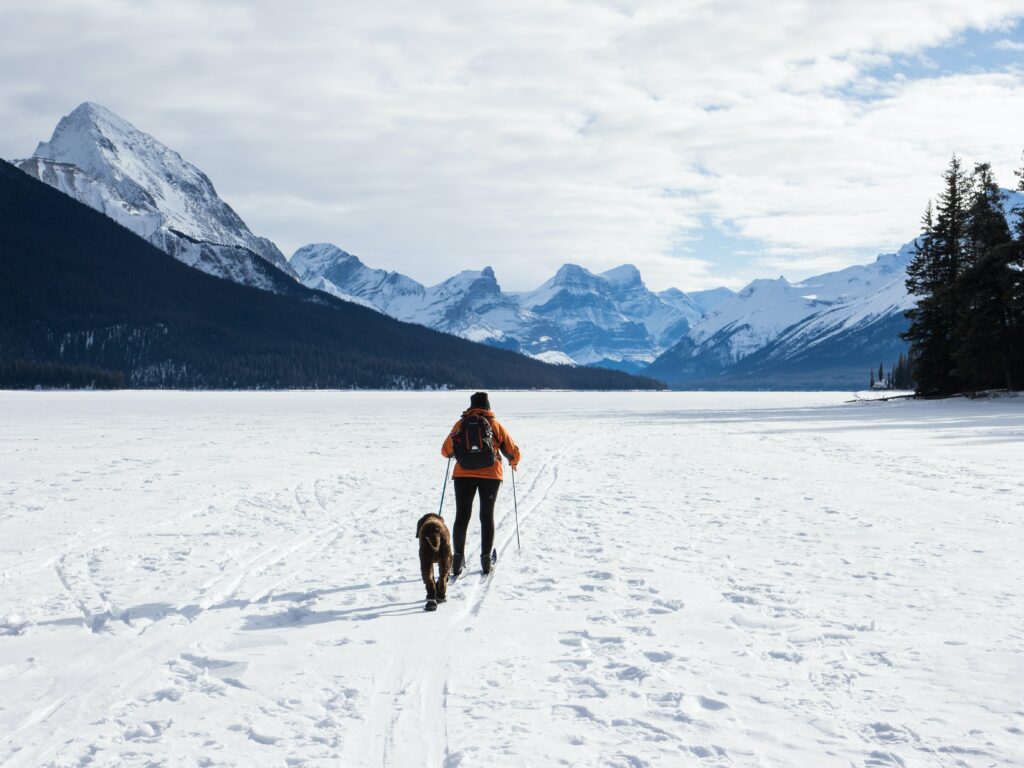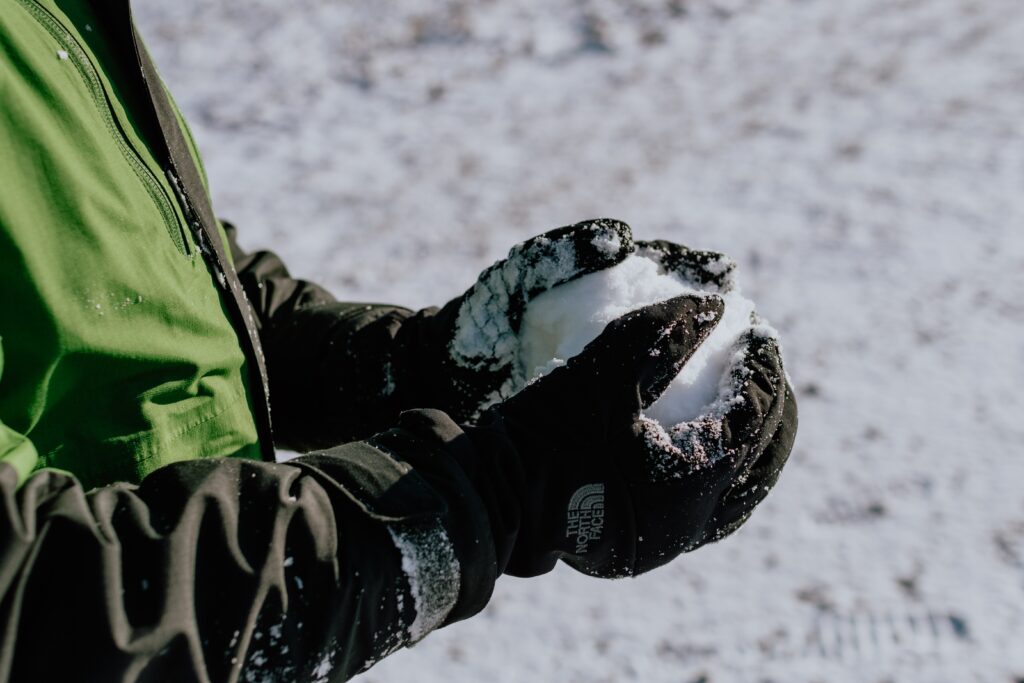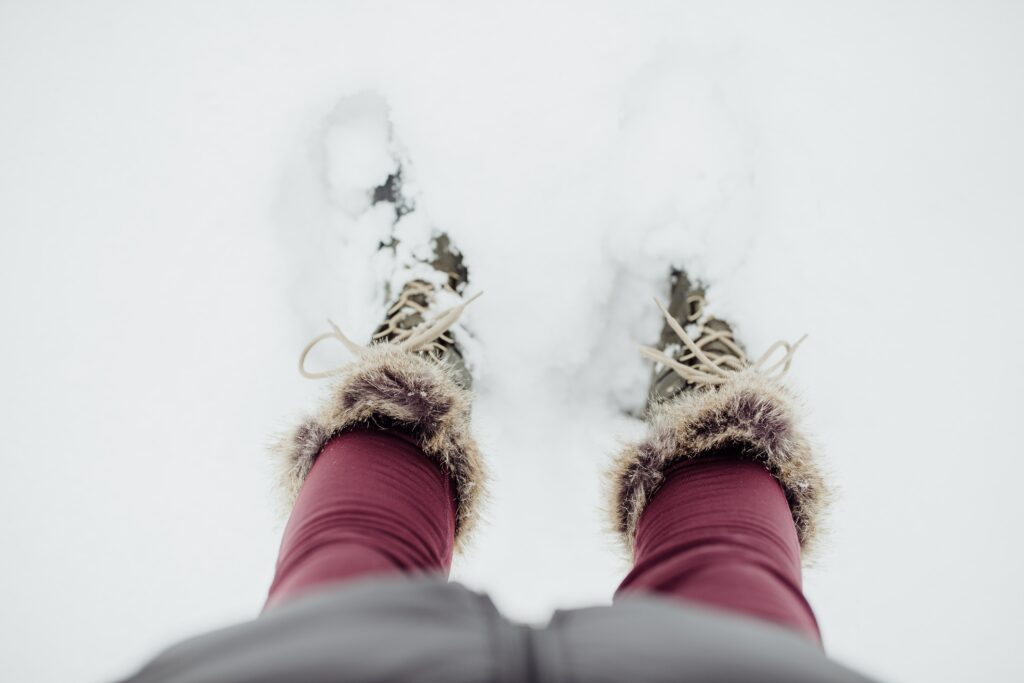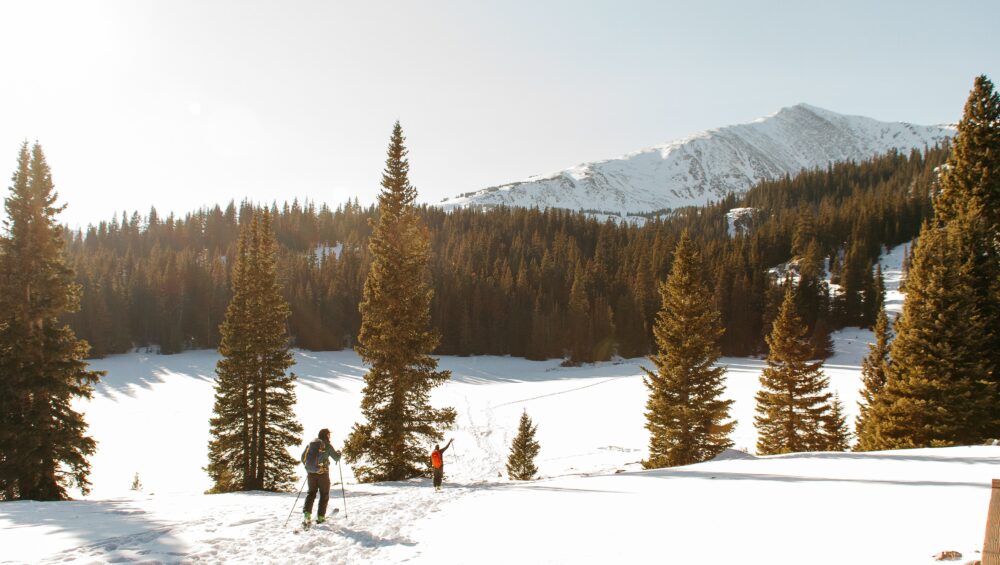Social media and winter photography can make the winter seem like a wonderland filled with nothing but adventure and fun. The other side of the winter can be a dangerous trek for anyone who might not properly manage cold injuries. Knowing the signs of hypothermia and how to treat it are a small portion of the necessary skills to have under your belt before heading out into a snowy landscape.
By the end of this, you may ask, “is it safe to hike in the winter?”
We want to assure you that hiking in winter is a safe thing to do, so long as you come ready for the cold. Without this preparation, many cold weather injuries can get those who come ill-prepared. To ensure you don’t end up in a dangerous situation, here is a list of the most common cold weather injuries and how to treat them.

Hypothermia
The most commonly-known cold injury is likely to be hypothermia. We talk about it as a precautionary tale to anyone going out in the cold, but very few people are fully aware of what it is and what to do about it.
The idea of hypothermia is simple. The prefix ‘hypo’ means less than normal or below. Thermia relates to temperature, and when applied to us, it’s our body temperature. Hypothermia then is having a body temperature that is lower than normal. This starts to happen in prolonged exposure to cold environments. Your body can’t make enough heat to make up for the heat loss, resulting in a decrease in overall temperature.
Once your body temperature reaches 95 degrees or below, you are considered hypothermic. Measures to prevent reaching this temperature should be taken beforehand, but once it’s reached, the job is focused on warming someone back up and preventing further heat loss.
There are three main stages that hypothermia can be classified into. The first sign of hypothermia is what you can expect. There will be shivering and reduced circulation. In the second stage, there will be a general slowness that the body takes on. There is a slow pulse, slow movement, a state of confusion, and delayed thinking processes. The final stage is where one may lose consciousness and become unresponsive.
Becoming hypothermic can threaten one to stay inside all winter long. Still, there are plenty of basic treatments that will allow you to travel around in the winter without ever feeling threatened.
How to treat hypothermia:
- Slowly rewarm with skin to skin contact
- Learn how to make a hypo-wrap (like a warm person-burrito)
- Take preventative measures to stay dry and warm
- Use movement to warm up
- Get to safety

Frostbite
Another one of the most common cold weather injuries is frostbite. This specific injury can range from frostnip to third-degree frostbite and limb loss. While most frostbite cases will fall closer to the frostnip side of things, it’s important to prevent any injuries before they happen.
Frostbite can happen in surprisingly warm conditions. If it’s raining and your skin is exposed, it’s easy to grab a minor case of frostnip or frostbite in temperatures up to 50 degrees. Unless you’re drinking it, all water becomes your enemy at such low temperatures. Any tissue that reaches 28 to 30 degrees Fahrenheit will take on the symptoms of frostbite, but they can be observed earlier on as well.
The first symptoms to look out for are numbness, tingling, and pain when rewarming the area. It’s common to get blisters when experiencing second-degree frostbite as well as a wooden or waxy feeling. Third-degree is a much more extreme scenario that often leads to loss of digits.
Like hypothermia, the most important part of treating frostbite is preventing it. Wearing warm and dry gloves, scarves, and hats that cover the more commonly-exposed areas of the body is the best way to stop yourself from experiencing this injury. Bringing multiple sets on a long trip will help ensure that you stay dry and can switch out when necessary.
After a cold weather injury like frostbite, you will likely have issues with that body part for the rest of your life. Because of this, we must repeat that prevention is the absolute best way to “treat” any of these injuries.
How to treat frostbite:
- Rewarm the area with skin to skin contact
- Only thaw the area if there is no longer a risk of it re-freezing
- Do not use excessive heat to rewarm
- Keep all exposed skin covered and dry
- Seek medical attention
Chilblains
For anyone that spends long periods in the wilderness, chilblains may be all-too-familiar. It may be a foreign concept for most, but it is still a risk.
Chilblains are spots on the skin that result from extended periods of time with moisture and lower, non-freezing temperatures. The skin will develop small spots that are itchy, swollen, tender, and often painful.
One of the best ways to diagnose this injury is rewarming and observing. While many of the symptoms are similar to frostnip or low-level frostbite, these symptoms aren’t resolved when rewarmed.
The more often your skin develops Chilblains, the more likely it will happen in the future.
How to treat Chilblains:
- Rewarm the area and keep it dry
- Prevention measures such as keeping dry and warm

Trench Foot
The final cold weather injury on our list is trench foot. This happens when feet are wet and cold for an extended period of time. They start to look like old raisins, full of deep wrinkles and crevasses that will be very painful.
This can happen in the field for a variety of reasons. Anyone who gets their feet wet in the snow and fails to get dry quickly may experience low levels of trench foot. If it goes on all day, this can be a serious injury that isn’t comfortable or fun to even look at.
How to treat trench foot:
- Dry the feet and apply baby powder
- Change socks often
- Keep the feet clean
- Stop hiking and go to an area to rest

